#komi russia
Explore tagged Tumblr posts
Text
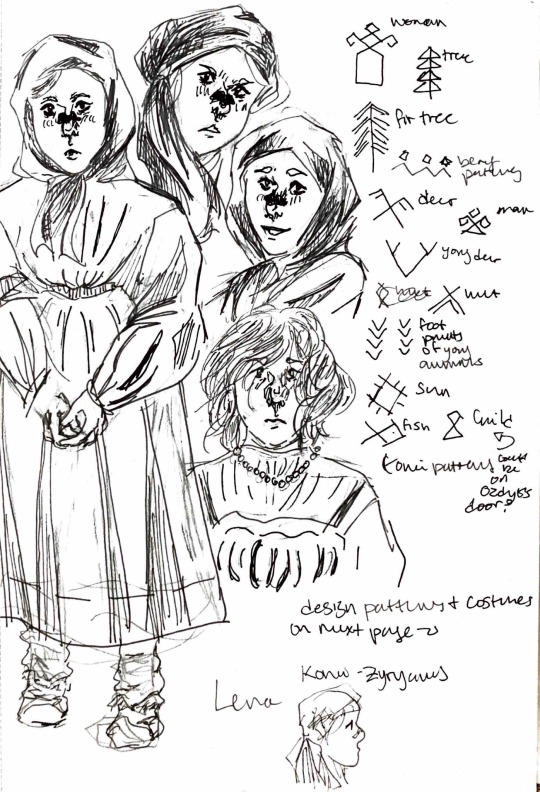


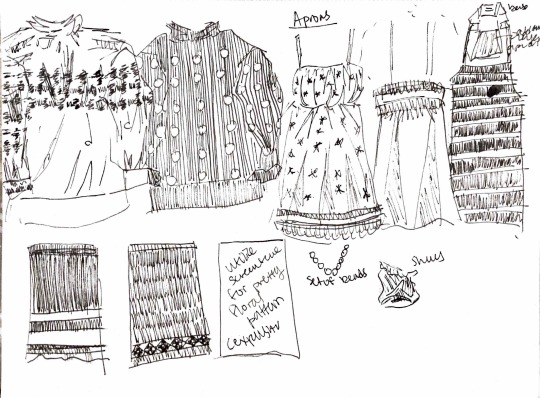
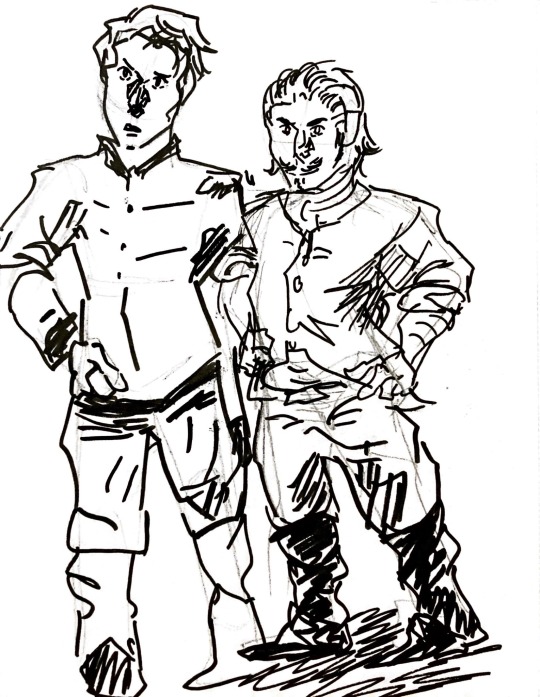
Some character design things I’m starting on. Patterns come from actual photos of Komi dresses and women from the of yarn and cloth post collection.
#character design#my oc sketch#sketch#oc#dawn and twilight#komi russia#swan lake#I couldnt find any photos from the actual national Komi republic museum#which really sucked ass#but I’m thankful that some of the photos from that website are from there#historical fantasy
2 notes
·
View notes
Text

Komi woman, Russia, by respublika11
#komi#russia#europe#eastern europe#folk clothing#traditional clothing#traditional fashion#cultural clothing
558 notes
·
View notes
Text
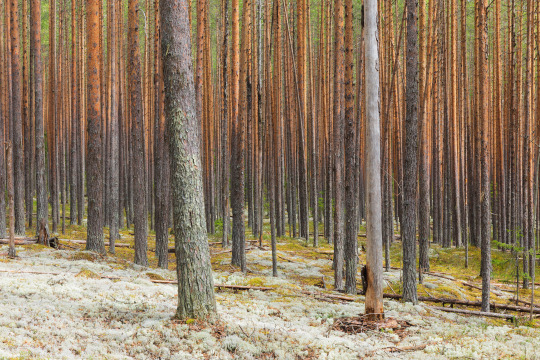

by Ivan Chalanov
554 notes
·
View notes
Text

Zyryan industrialist in full hunting attire with a dog. Komi-Zyryans, Omsk Region, Tara District, 1927.
53 notes
·
View notes
Text
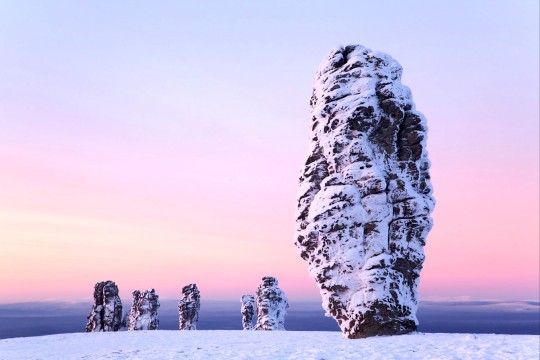
17 notes
·
View notes
Photo

(via Photo № 9437256. Photographer Vladislav Trushkov)
6 notes
·
View notes
Photo

Завершился конкурс на тему: «Озёра», по итогам мои фотографии заняли топ 25, в конкурсе участвовало 5.5к участников и 23.7к фото с разных стран, на конкурс были выставлены мои фото озера 3й шахты и озеро Пожни! #ярега #коми #россия #35awards #35photo #trushikns #yarega #komi #russia (at Yarega, Komi, Russia) https://www.instagram.com/p/CoSkkdXI-FJ/?igshid=NGJjMDIxMWI=
5 notes
·
View notes
Text



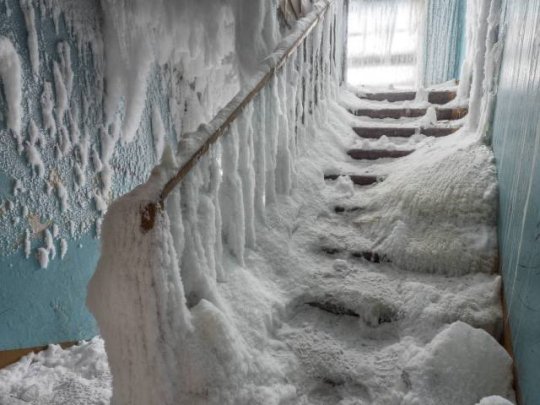
Ice covered abandoned buildings in Severny region in Komi Republic, Russia, where temperatures can be as low as minus 50C (122°F)
2K notes
·
View notes
Text
URALIC LANGUAGES 101
an over-simplified guide for people who have never studied them
from real questions I have received
as I am finally qualified enough to talk about them
WHAT?
A language family spanning (mostly northern) Eurasia. The three biggest languages by amount of speakers are Hungarian, Finnish, and Estonian.
WAIT, WHAT DO YOU MEAN THERE ARE MORE?
The Sámi languages might be the most famous of the "smaller" Uralic languages, but have you heard about Karelian? Udmurt? Hill Mari? Nganasan? There are 38~42 Uralic languages that we know as of today.
WHERE ARE THESE OTHER LANGUAGES?

(image description: the locations of the Uralic languages on a map. The Uralic languages span from modern-day Hungary, the northern Nordics, and northern Russia.)
(CONTINUE READING UNDER THE CUT)
BUT I THOUGHT HUNGARIAN WAS ALTAIC / RELATED TO TURKISH?
Modern science links Hungarian to the Uralic languages. The links to "Altaic" (many on the field don't believe in the Altaic theory) and the Turkic languages are speculative.
ARE THEY RELATED TO ENGLISH?
No, they are a separate language family. English is more related to Russian than Finnish or Hungarian.
HOW DID THEY END UP WHERE THEY ARE NOW?
We still haven't figured this out, but the Uralic peoples' proposed homeland is often located north of Central Asia.
HOW DO THEY KNOW THESE ARE RELATED TO EACH OTHER?
Linguistics uses many different ways to find out relations between languages. With the Uralic languages, there are many cognates (=words that come from the same root word) that exist in most languages. These words can be used to reconstruct Proto-Uralic, a hypothesis of what the original Uralic people might have spoken.
Examples:
"tongue, (language)" (Finnish) kieli, (Estonian) keel, (Veps) kel', (N.Sami) giella, (Erzya) keľ, (Beserman) kål, (E.Khanty) köł, (Mator) kašte
"two" (Finnish) kaksi, (Courland Livonian) kakš, (Ter Sami) kïkktʼ, (Moksha) kafta, (Mari) kok, (Komi-Zyrian) kyk
HOW DO THESE LANGUAGES SOUND LIKE?
Here are selected samples of text from a few different branches of Uralic languages:
NGANASAN: Mənə ńinti̮ˀam ńiluməni̮nə inśüδüˀ, mi̮əďindi̮ˀam hüətə. (I never sledge in my life, I always go by foot.) SELKUP: Nılʲčik qumɨp mee qontɨrämɨt čääŋka. (We have not seen such a person.) BESERMAN: Picʼi pilə̑ sʼed jə̑ rcʼijenezlə̑. (To the little boy with black hair.) MANSI: Mənə kńigaðəmtu miśiəm. (I gave him/her the book.) NORTH SÁMI: Sáhpán njuikii girjji duohken. (The mouse jumped from behind the book.) TVER KARELIAN: Mie hüviin zdaičin igzamenati miun, na felÍdšerku pandih. (I passed the exams well and I was put [to work] as a nurse.)
If you have more questions about these languages, feel free to ask me! I am no professor but am majoring in this at the university so I know more than the average person hehe
127 notes
·
View notes
Note
I’ve always been wondering about something about the Shang-La world. What’s the inspiration behind the five countries and their cultures?
They are inspired by real countries and cultures to make them somewhat low fantasy, like real magic never happens there (or happens on special occasions). We like to concentrate on cultural things and mix them, building the whole concept around the main idea of Shang and La. I mean, we're trying not to use the source of our inspiration in a too obvious way and build it around the existing concept of our headworld.
Speaking shortly...
Latori: We took a lot from Bulgarian and Romanian culture in general.
Beyleria: We were inspired by the minority peoples of the North, Siberia, and the Far East of Russia. Mainly the Sakha people (a Turkic ethnic group) and the Komi people (a Finno-Ugric ethnic group).
Nouri: the heaviest mash of Celtic and Karelian cultures, the colors of the Russian Empire, and Finnish and Turkic-like languages.
Ayelahai: Mongolia, Tibet, and pinches of China and Japan (haven't worked on this yet)
El-Balyama: Ancient Egypt and Mesopotamia
Frangie: The Romanian Empire??? We didn't work on this either.
27 notes
·
View notes
Text










Photos of Soviet Russia from the Soviet Ukrainian photo book "Song of Our Native Land" a book dedicated to the 60-year anniversary of the USSR. 1982
"The Hero-City of Moscow, the capital of the USSR"
"White nights in Leningrad…"
"Ulyanovsk. The Lenin Memorial Complex"
"An oil field near the polar circle (Komi ASSR)"
"Open-hearth plant at Magnitogorsk Metallurgical Combine"
"The main conveyer at Kama Automobile Plant"
"Old Kizhi"
"Petrodvorets fountains"
"Performing: "Beryozka" State Dance Ensemble"
""Osikitan" Evenk folk ensemble"
#communism#history#socialism#leftism#marxism#marxism leninism#asia#ussr#europe#russia#soviet union#ussr history
29 notes
·
View notes
Text
Indigenous people of Europe
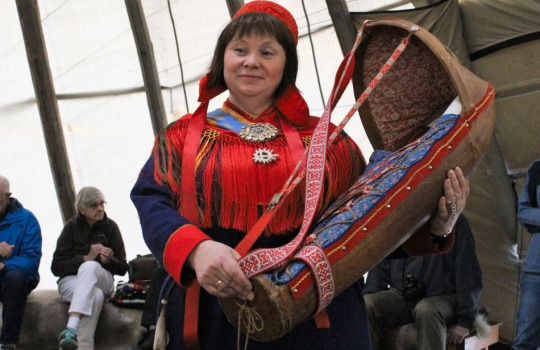
Let me talk about something that really is not talked and thought about in general: The indigenous people of Europe. Because, well, it is something that kinda tends to get ignored often enough, as we think of indigenous cultures as something that existed outside of Europe, before being settled by Europeans.
But it is a lot more complicated than that. Because there were indigenous people in Europe - and there still are to this day. The best known example are probably the Sami in northern Russia and the Scandinavian countries. And be it just because they got depicted in Frozen and in the Klaus Netflix movie.
To quote Wikipedia:
Some groups that claim indigenous minority status in Europe include the Uralic Nenets, Samoyed, and Komi peoples of northern Russia; Circassians of southern Russia and the North Caucasus; Crimean Tatars, Krymchaks and Crimean Karaites of Crimea (Ukraine); Sámi peoples of northern Norway, Sweden, and Finland and northwestern Russia (in an area also referred to as Sápmi); Galicians of Galicia, Spain; Catalans of Catalonia, Spain and southern France; Basques of Basque Country, Spain and southern France; and the Sorbian people of Germany and Poland.
Indigineity in Europe is a complicated thing, because even the non-indigenous people here have been around in this area for a long while. It also is closely related to the artificiality of "whiteness" (I am gonna talk about that a bit more next week).
In the end the "western European culture" as we know it is mostly a result of colonialism through the Romans. Only that this happened 2000 years ago and in a process that was not quite comparable to how colonialism of the non-European regions went.
Though then again, there was a phase during which similar genocide happened within Europe, when it came to the indigenous cultures and religions: The heathen hunts in the 4th century, which did involve the killing of followers of older religions, destruction of temples and religious places of worship and the forceful conversion of the "heathens" to Christianity.
But, again, this happened a long, long time ago. Which is why it tends to not be remembered as such. (In fact, I doubt most people know about this happening.)
There were more indigenous people in Europe before that, but one by one most of those cultures just disappeared.
Still, those that remained often face often similar problems to non-European indigenous people. As minorities they tend to be discriminated against, at times even by law. The borders often do not allow them to move through what has originally been their territory. And many have had their land taken away from them - or still get their land taken.
And given that most people are not even aware that those groups exists, this topic tends to get ignored by a lot of people.
So, yeah, I just wanted to talk about this. Because we really need to be aware about what is happening everywhere. And how those things have happened over thousands of years.
111 notes
·
View notes
Text


Komi mythology is the traditional mythology of the Komi peoples of northern Russia.
Voipel' (Войпель) - God of the cold north wind and of the night. His name means "North/Midnight Wind". Черная Книга | Black Book (dev. Morteshka) @giftober 2024 | Day 12: Hidden ►
#walterkov#vgedit#gamingedit#ruedit#giftober2024#gamingcreatures#черная книга#чёрная книга#black book#morteshka#komi mythology#mythology#indiegameedit#indiegamesource
17 notes
·
View notes
Text

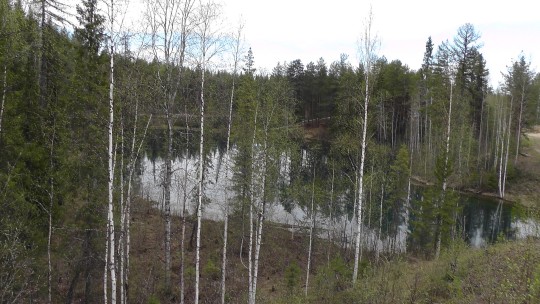


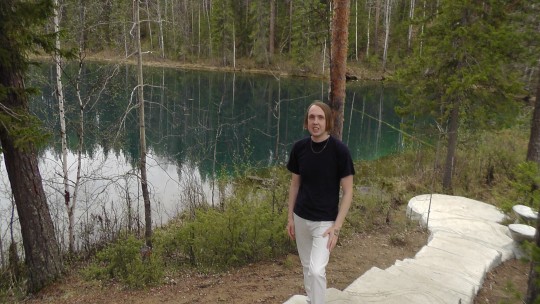



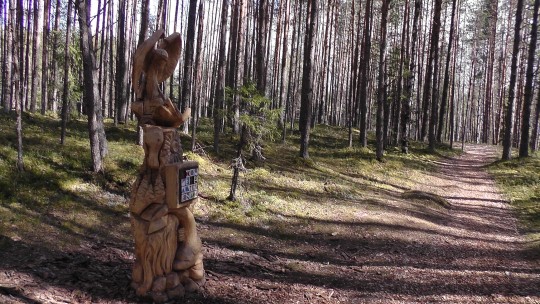

Paraskin lakes in the Republic of Komi, Russia
20 notes
·
View notes
Text

Russian Federal Subject Flag Wars: Round 1
This tournament will focus on the flags of Russia’s 83 federal subjects, which includes 21 republics, 9 krais, 46 oblasts, 2 federal cities, 1 autonomous oblast, and 4 autonomous okrugs. It will not include the flags of the land stolen from Ukraine.
The tournament will be followed by the Regional Flag Wars, a huge competition featuring the flags of regions/administrative divisions, with only one flag per country. Over the past year, I’ve released numerous polls to decide which regional flag will be included for each country. Russia is the final country on the list, and it is receiving its own tournament due to having so many administrative divisions. I hope everyone enjoys this tournament and is looking forward to the Regional Flag Wars! The Russian Federal Subject Flag Wars will begin this week.
Round 1:
1. Tver Oblast vs. Amur Oblast vs. Jewish Autonomous Oblast vs. Kamchatka Krai vs. Karelia
2. Yamalo-Nenets Autonomous Okrug vs. Bashkortostan vs. Tambov Oblast vs. Udmurtia vs. Kursk Oblast
3. Samara Oblast vs. Pskov Oblast vs. Adygea vs. Chukotka Autonomous Okrug vs. Khakassia
4. Khabarovsk Krai vs. Kalmykia vs. Altai Krai vs. Zabaykalsky Krai vs. Mordovia
5. Moscow Oblast vs. Dagestan vs. North Ossetia–Alania vs. St. Petersburg vs. Saratov Oblast
6. Primorsky Krai vs. Yaroslavl Oblast vs. Leningrad Oblast vs. Astrakhan Oblast vs. Komi Republic
7. Krasnoyarsk Krai vs. Irkutsk Oblast vs. Omsk Oblast vs. Lipetsk Oblast vs. Kabardino-Balkaria
8. Moscow vs. Ingushetia vs. Kostroma Oblast vs. Khanty-Mansi Autonomous Okrug vs. Tomsk Oblast
9. Perm Krai vs. Orenburg Oblast vs. Stavropol Krai vs. Volgograd Oblast vs. Belgorod Oblast
10. Mari El vs. Kaliningrad Oblast vs. Sverdlovsk Oblast vs. Sakha vs. Arkhangelsk Oblast
11. Krasnodar Krai vs. Penza Oblast vs. Buryatia vs. Nizhny Novgorod Oblast vs. Kurgan Oblast
12. Chelyabinsk Oblast vs. Nenets Autonomous Okrug vs. Karachay-Cherkessia vs. Murmansk Oblast vs. Altai Republic
13. Novosibirsk Oblast vs. Tuva vs. Vologda Oblast vs. Smolensk Oblast vs. Novgorod Oblast
14. Tatarstan vs. Sakhalin Oblast vs. Ulyanovsk Oblast vs. Ryazan Oblast vs. Chechnya vs. Tyumen Oblast
15. Ivanovo Oblast vs. Chuvashia vs. Vladimir Oblast vs. Rostov Oblast vs. Magadan Oblast vs. Bryansk Oblast
16. Kaluga Oblast vs. Kemerovo Oblast vs. Oryol Oblast vs. Kirov Oblast vs. Voronezh Oblast vs. Tula Oblast
16 notes
·
View notes
